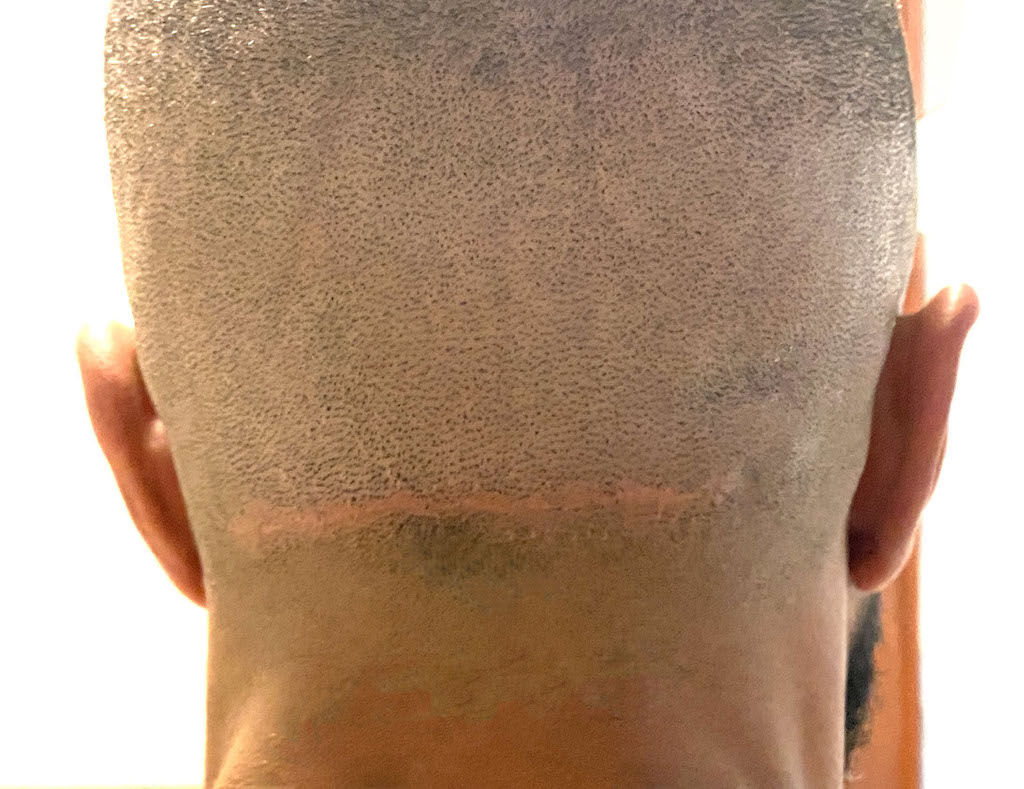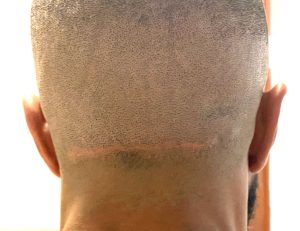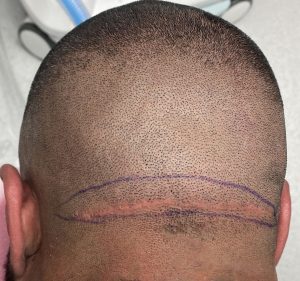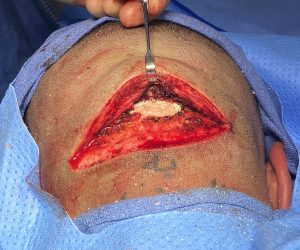Background: At the interface of the bottom end of the skull on the back of the head (inferior edge of occipital bone) is the upper neck. This is where the thick neck muscles and fascia attach to the bone. Because of this location the skull bone and neck soft tissues are thickest at this interface. Because of this anatomy it is also prone to aesthetic rolls often called occipital scalp rolls.
These scalp rolls are typically composed only of soft tissues and occur in a horizontal orientation. While most commonly seen as a single scalp roll they occasionally can occur as a double roll. More rarely I have even seen a few patients with three or triple rolls. All scalp roll patients have been men to date and they tend to have thicker necks and bigger builds. They can be seen in thinner patients but this is often after significant weight loss.
There are some occipital roll patients in which there is a bony component from the underlying nuchal ridge. This can usually be felt and most patients are aware there is a bony component to their roll. This is only seen in single scalp roll and it may have a minor to more major composition of the roll.
In the treatment of the single scalp roll horizontal linear excision of the redundant soft tissue is usually all that is needed. The key is to completely excise the roll down to the bone, adequately undermine the upper scalp and lower neck flap and perform a multi layer closure. If this is not completely done a residual scalp will remain. Another reason for a residual scalp roll is the under diagnosis of a raised nuchal ridge or occipital knob.
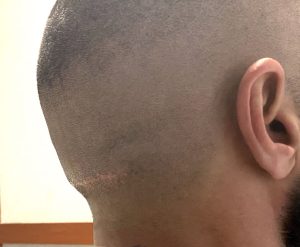
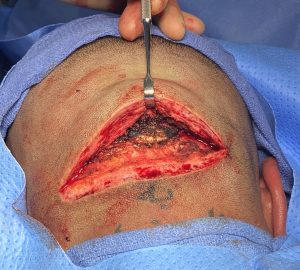
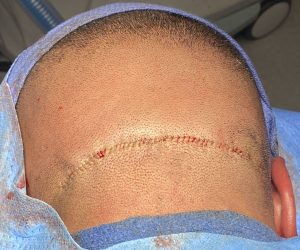
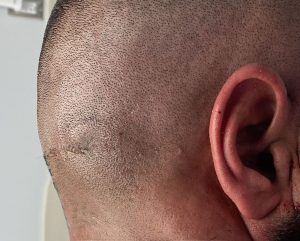
Case Highlights:
1) Occipital rolls on the back of the head are usually composed excessive/redundant soft tissue of skin, fat and muscle.
2) Adequate removal of occipital rolls requires full-thickness scalp excision down to the bone with adequate tissue undermining for a multilayer closure.
3) Some occipital rolls may also have a prominent bine nuchal ridge, which is easy to overlook, that may need to be reduced for complete elimination of the roll.
Dr. Barry Eppley
World-Renowned Plastic Surgeon

